SeedBlink Blog
all Things Equity
The Investor's Dilemma: Balancing Intuition and Data in Startup Funding
Let’s explore the role of intuition vs. data in making the right decision when selecting startups for your portfolio as an investor!
Intuition — the gut feeling we often have about doing or choosing something.
Investors often face the challenge of making decisions amid uncertainty. While some decisions rely heavily on data, others are guided by the power of human intuition and gut feelings. In some cases, striking the right balance between intuition and data represents a tough challenge for investors.
Today, we want to guide you around these “mind games” and help you navigate this maze to make informed and profitable investment choices.
Understanding Intuition: how the brain works
At the heart of intuition lies the brain's remarkable ability to recognize patterns and make connections that may not be immediately apparent to our conscious awareness. Intuition is associated with the right part of the brain that helps us be creative.
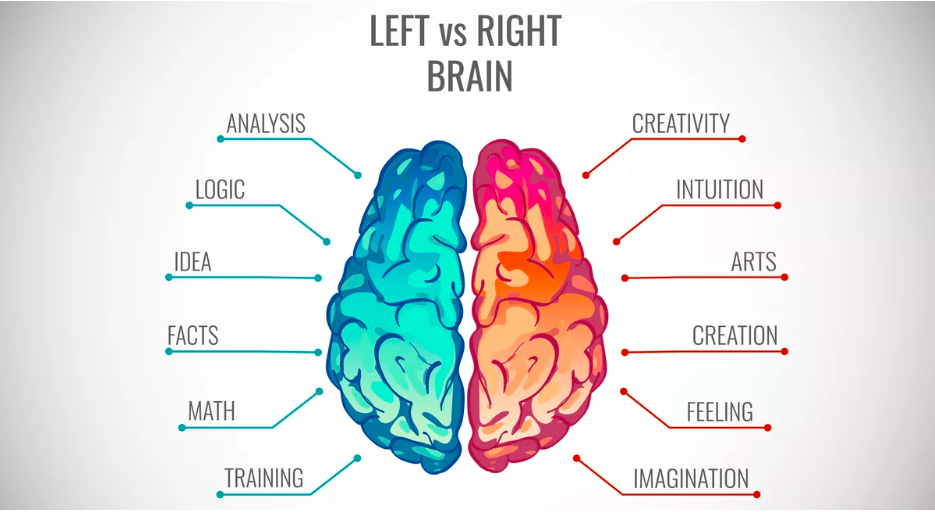
Source: Solving the Mystery of the Left-Brain and Right-Brain Myth
The role of the subconscious mind.
The subconscious mind can process and integrate information from various sources, including past experiences, emotions, and sensory cues, to form an intuitive understanding of a situation.
One remarkable ability of the subconscious mind is its capacity to absorb and store information without conscious awareness. It can identify subtle cues and draw conclusions based on fragmented data.
Moreover, the subconscious mind operates swiftly and effortlessly, allowing it to process information at a speed that surpasses our conscious thinking. It can simultaneously analyze multiple factors, consider various perspectives, and draw upon accumulated knowledge. This ability to handle complex information in parallel contributes to the subconscious mind's role in guiding our decision-making processes.
How Intuition Helps During Uncertain Times and Ambiguity
Intuition can offer valuable insights and guide investors, particularly during ambiguous or uncertain situations and periods of economic or financial uncertainties.
Expand their horizon.
Markets can be volatile and complex during economic or financial uncertainties. Intuition allows investors to sense potential opportunities that may arise amidst uncertainty.
It can provide a sense of where value may lie, even when the data or prevailing sentiment may be unclear.
Fast decision-making.
Intuition draws upon the subconscious mind's ability to process information quickly and tap into past experiences. It allows investors to assess situations, evaluate risks, and make decisions efficiently.
This agility can be advantageous in seizing time-sensitive opportunities or mitigating potential losses during market fluctuations.
Evaluate market sentiment.
Investors with well-honed intuition can gauge market participants' emotions, fears, and biases.
This understanding helps them anticipate market reactions, identify potential trends, and make decisions based on investors' collective psychology.
The Pros and Cons of Intuition in Investing.
Successful utilization of intuition in investing requires a balanced approach that combines rigorous analysis, risk assessment, and trust in intuitive insights to navigate ambiguity and uncertainty.
Here are several ways intuition can be beneficial in different scenarios:
Advantages of Intuition for Investors
- Spot disruptive and unconventional ideas or startups that may not fit traditional investment metrics.
- Recognize the potential of innovations or business models that may disrupt existing industries.
- It provides a sense of alignment between the investor and the entrepreneur, gauging their ability to navigate challenges and persevere.
- Recognize serendipitous connections that arise through networking and chance encounters.
- Stay open to unexpected possibilities and pivot their investment strategies based on intuitive hunches.
- It helps investors identify founders with the drive and determination to overcome obstacles and build successful ventures.
Disadvantages of Intuition for Investors
It is important to note that intuition should differ from comprehensive research and analysis. Instead, it should complement these processes, providing additional insights and perspectives.
Here are some of the main limitations explained:
- Investors may interpret ambiguous or limited data in a way that aligns with their intuitive judgment, overlooking contrary evidence.
- Refraining from relying solely on intuition can contribute to overconfidence, leading investors to excessive risk-taking and disregarding critical analysis and due diligence.
- Intuition is closely linked to emotions. Emotional biases, such as fear or excitement, can influence investment decisions.
- Relying solely on intuition can means you overlook financial metrics that might be important, market trends, or competitive analysis, increasing the risk of poor investment decisions.
- Unlike data-driven analysis, intuition can be difficult to justify or explain to stakeholders or fund investors.
Balancing intuition and data. How to combat gut feeling with research?
By combining intuition with data-driven analysis, investors can leverage the strengths of each approach and make more well-informed investment decisions.
This integration allows for a comprehensive understanding of startups, their potential, and associated risks, ultimately increasing the likelihood of successful investment outcomes.
Strategies and tips and tricks for investors
Striking a balance between intuition and data is an ongoing process that requires self-awareness, open-mindedness, and a willingness to adapt based on each investment opportunity's specific circumstances and dynamics.
Here are several approaches to help you achieve harmony between these two:
- Define a clear decision-making framework that outlines the steps involved in your investment process.
- Play some real-life scenarios in your mind to clearly understand how intuition and data are considered at each step.
- Test and validate intuitive insights through data analysis and research.
- Seek evidence that supports intuitive hunches, and when necessary, discuss with external experts or colleagues for different perspectives.
- Encourage constructive debates that challenge intuitive assumptions.
- Reflect on past investment decisions to understand the role of intuition and data in successful and unsuccessful outcomes.
Use intuition as an initial filter or guide, but back it up with concrete evidence and logical reasoning to ensure a more comprehensive and informed decision-making process.
Keeping emotions in check. How to avoid mistakes?
Emotions can exert a powerful influence on intuitive decision-making, particularly in investments. Fear and greed, in particular, can cloud judgment and lead to irrational decisions.
Fear can make investors overly cautious, causing them to miss out on potentially lucrative opportunities. On the other hand, greed can lead to impulsive decisions, exposing investors to unnecessary risks.
To help us navigate the complexity of decision-making, our brains develop cognitive biases, which are systematic patterns of thinking that can sometimes lead to irrational judgments.
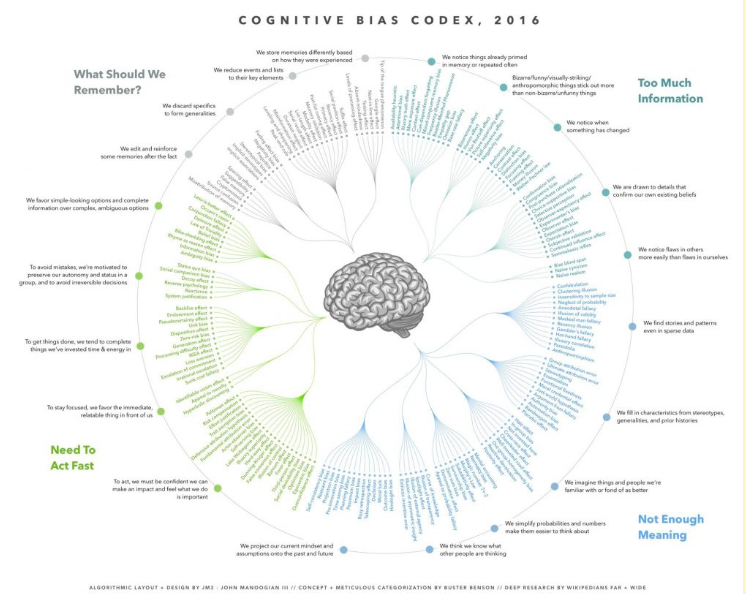
Source: Cognitive Biases Index - The Visual Capitalist
These biases result from the brain's tendency to simplify information processing and rely on mental shortcuts or heuristics when making decisions. While these biases can be helpful in certain situations, they can also introduce errors and distortions in our thinking.
Here are five of the most common cognitive biases:
Confirmation Bias

Source: Confirmation Bias And the Power of Disconfirming Evidence
Confirmation bias occurs when investors seek, interpret, or remember information in a way that confirms their preexisting beliefs or expectations.
In the context of intuition, confirmation bias can lead to a tendency to selectively focus on information that supports intuitive judgments while disregarding contradictory evidence.
Availability Bias
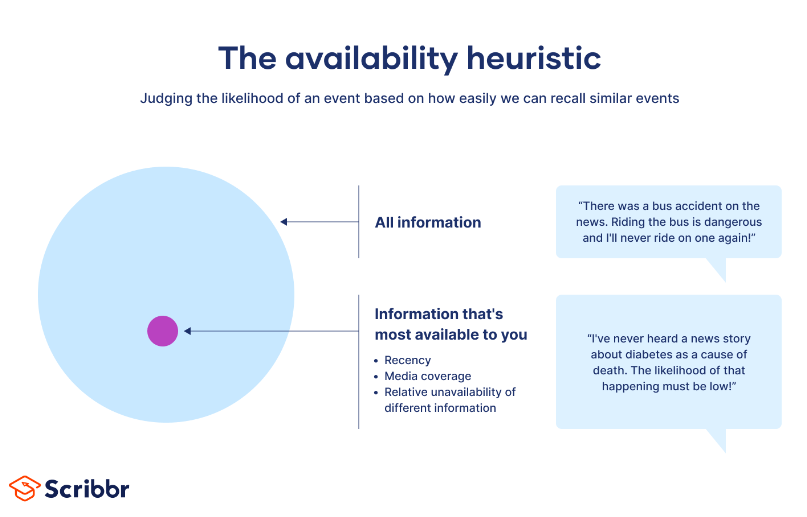
Source: The Availability Heuristic by Scribbr
The availability bias or the availability heuristic refers to the tendency to rely on immediate examples or information that comes to mind quickly.
In intuitive decision-making, investors may be influenced by recent or vivid experiences, which may give them disproportionate weight in their judgments.
Anchoring Bias
Anchoring bias occurs when investors rely heavily on the first piece of information encountered (the "anchor") when making subsequent judgments or estimates.
In intuitive decision-making, individuals may be influenced by initial impressions or cues, which can anchor their subsequent judgments and limit their ability to consider alternative options.
Overconfidence Bias
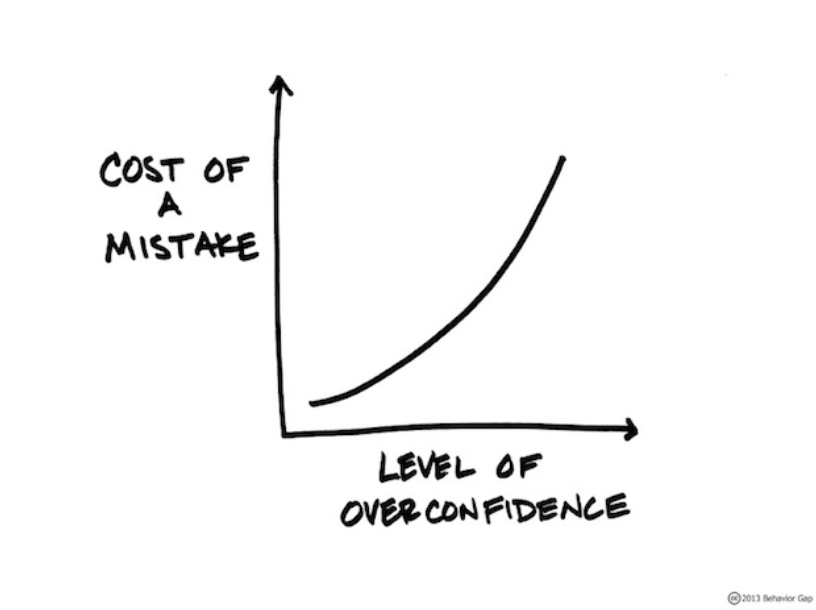
Source: Bias from Overconfidence: A Mental Model
Overconfidence bias involves individuals having an overly optimistic belief in their abilities or judgments.
Intuitive decision-making can be prone to overconfidence, as investors may need to sufficiently consider the limitations or potential biases that affect their intuitive judgments.
Hindsight Bias

Source: The Hindsight Bias — or Why You Should Distrust Success Stories
Hindsight bias refers to the tendency to believe that an event is predictable or that one could have foreseen it after it had occurred.
In intuitive decision-making, investors may retrospectively attribute their intuitive judgments as more accurate or predictable than they were, leading to an inflated sense of intuitive prowess.
Availability Cascade
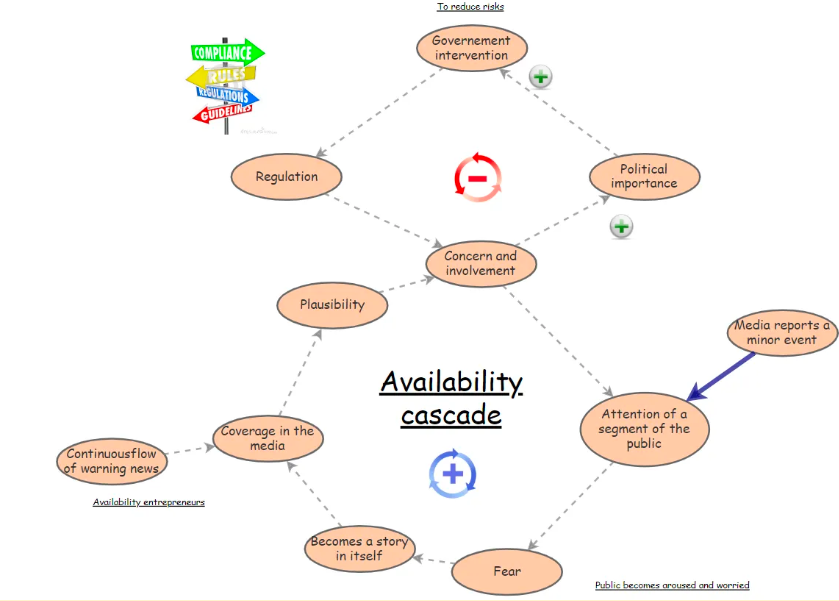
Source: The Public, The Experts, and The Availability Cascade
Availability cascade occurs when repeated exposure to a particular idea or information increases acceptance and belief, regardless of its factual accuracy.
In intuitive decision-making, investors may be influenced by widespread beliefs or narratives that have gained popularity, potentially reinforcing biases and distorting intuitive judgments.
Conclusions & Key takeaways
In startup funding, the role of intuition and data in decision-making is a delicate balancing act. Integrating intuition and data allows investors to consider a comprehensive range of factors, mitigate biases, and make better decisions when facing uncertaint situations.
By staying mindful of cognitive biases, conducting thorough research, and maintaining emotional discipline.
Your key takeaways:
- Relying solely on intuition carries risks such as biases and subjective judgments.
- Combining intuition with data-driven analysis provides a comprehensive approach to decision-making.
- Integration of intuition and data allows consideration of a wide range of factors and mitigating biases.
- Thorough research and emotional discipline are essential to making well-informed investment decisions.
- Striking the right balance between intuition and data requires self-reflection, adaptability, and intellectual rigor.
- Leveraging intuition and data increases the chances of success in the dynamic world of startup funding.
Want to learn more?
If you want to learn more about fundraising rounds, best practices, industry trends, and a snapshot of the venture capital market right now, prepare for your fundraising round; we’ve got you covered. Read more on SeedBlink blog.
However, if you’ve got everything in place with your funding and are now looking to implement an employee stock option plan and all things equity ownership, Nimity is here to help.
Our dedicated solution has prepared an easy-to-use platform to help you have everything in place and educational guides to understand the whole world of ownership.
Join our newsletter
Your go-to source for European startup news, equity trends, VC insights, and investment opportunities.
